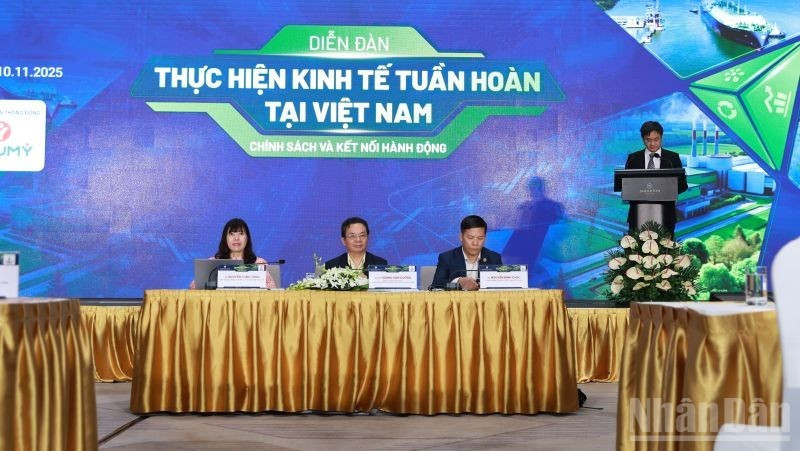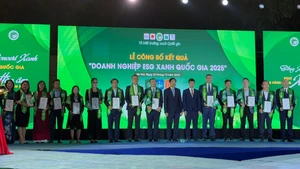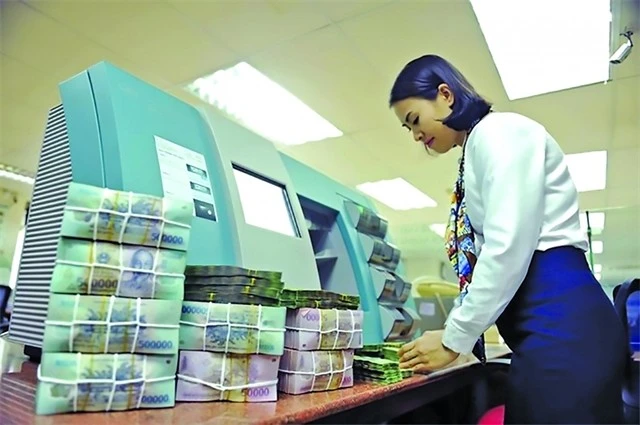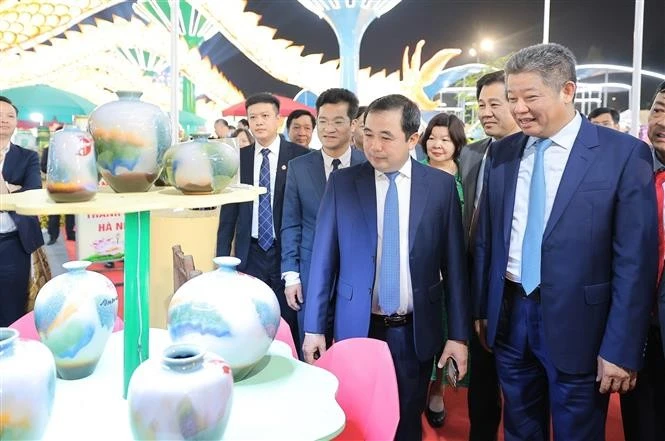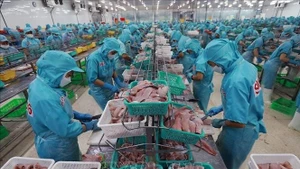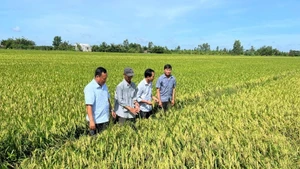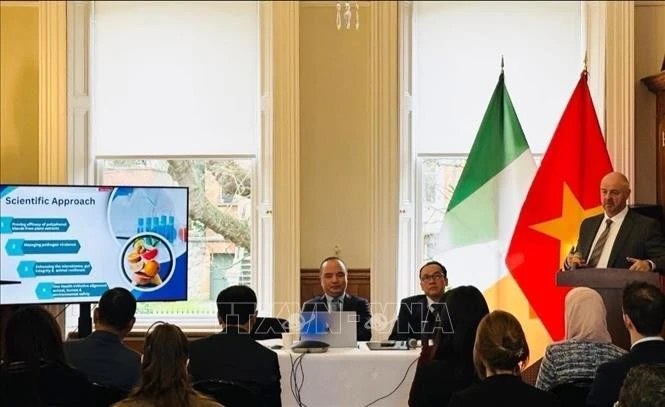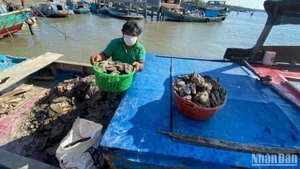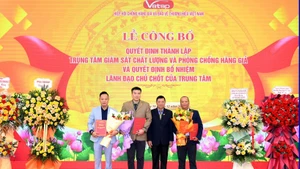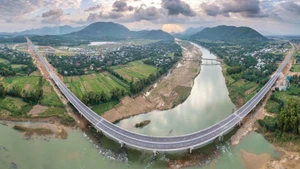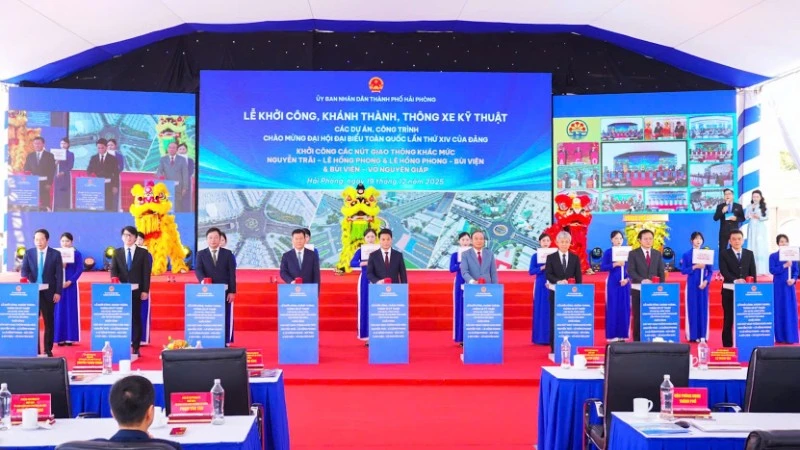The event brought together more than 200 delegates, including experts, scientists, representatives of ministries and sectors, international organisations, and pioneering enterprises in energy, environment, and green production, along with central and local press agencies.
Delivering the opening remarks, Professor Dr Le Van Loi, President of the Viet Nam Academy of Social Sciences, affirmed that the circular economy is not merely a concept but represents Viet Nam’s new development architecture within the dual transition — digital transition and green transition. This is an inevitable pathway for reducing resource dependence, cutting emissions, and enhancing the efficiency of energy and material use, while opening sustainable markets, jobs, and new value chains.
“The forum is not only a place for academic exchange but also a bridge connecting policy, business, knowledge and action, contributing to the formation of a comprehensive circular ecosystem in Viet Nam,” the president of the Viet Nam Academy of Social Sciences stressed.
Sharing insights into the circular economy in Viet Nam’s agriculture, Trieu Thanh Quang from the Institute of Human Geography and Sustainable Development stated that the crop sector generates around 95–98 million tonnes of agricultural by-products and waste each year, with paddy production alone creating about 52 million tonnes of straw and husk. This is a rich resource that can be converted into organic fertiliser as well as bioenergy and biomass materials. However, only about 50% of this straw is reused, while the rest is burned, causing waste and greenhouse gas emissions.
“Models for reusing rice by-products such as mushroom cultivation on straw, biomass pellet production, or microbial composting have proved effective in increasing farmers’ income and reducing input costs. Raising the rate of straw and crop by-product reuse presents a significant opportunity to cut emissions, enhance added value, and develop circular agricultural value chains,” Trieu Thanh Quang emphasised.
In the urban sector, the presentations analysed the current situation of household waste management and pilot models in several cities, proposing solutions for waste sorting at source and developing local plastic recycling chains to increase circularity and reduce greenhouse gas emissions. At the heart of the development and transition towards a circular economy are enterprises. They must overcome existing barriers — from technological investment costs and legal regulations to limitations in awareness and markets for recycled products. From the perspective of businesses, the presentations also put forward recommendations for improving green financial mechanisms and tax incentives and promoting innovation in circular business models.
Based on the presentations and discussions, the organisers said they would synthesise and finalise a policy recommendations report on circular economy development in Viet Nam, focusing on four groups of solutions: institutional improvement, technological innovation, development of circular economy models by sector and region, and strengthened public–private cooperation.
